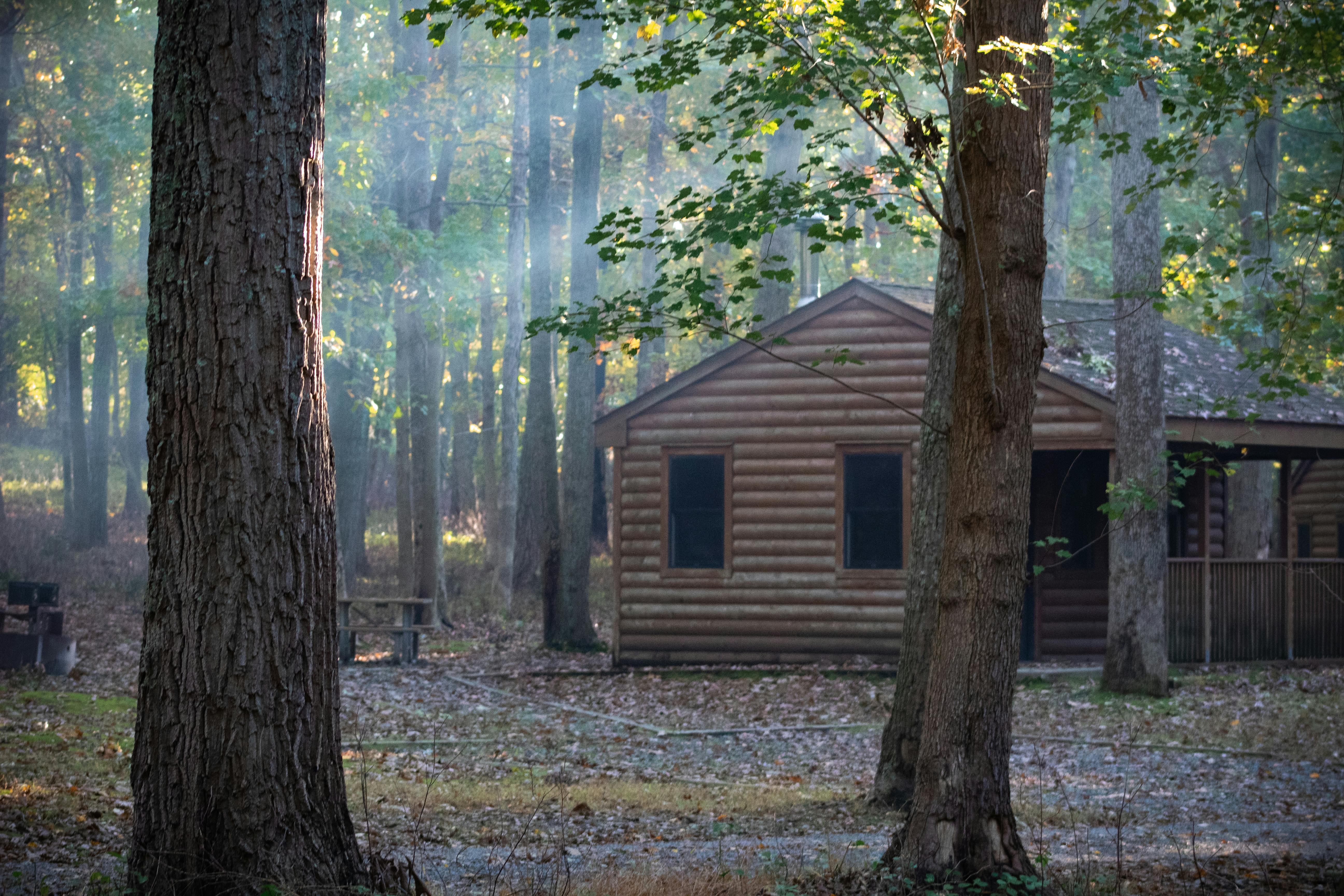Distilling your own rum at home is a great way to create a unique and flavorful spirit. If you’re an experienced distiller, then you will already be familiar with the process. However, for those who are new to distilling, it can seem a bit intimidating at first. Fortunately, the process of distilling rum is relatively straightforward and can be done with a few basic pieces of equipment. In this article, we’ll go over the basics of how to distill rum at home so that you can make your own delicious spirits.To distill rum at home, you will need to gather the necessary supplies. You will need a fermentation vessel, a still, a heat source, an airlock, a thermometer, and tubing. Additionally, you will need ingredients like sugar cane juice or molasses, yeast, and water. Once you have all of these items, you will be ready to begin the distillation process.
Gathering The Ingredients
Before beginning the process of fermenting your own beverage, it is important to gather all of the necessary ingredients. The main ingredients in a fermentable mixture are water, sugar, yeast, and other flavorings. Water should be purified or filtered to avoid any off-flavors. Sugar can come in both granulated and liquid forms, with liquid being the easiest to dissolve and use in a fermentable mixture. Yeast should be of a variety specifically designed for fermentation, such as brewer’s yeast. Finally, any other flavorings should be fresh and appropriate for the type of beverage being made.
Mixing The Ingredients
Once all of the ingredients have been gathered, it is time to mix them together. The water and sugar should be combined first in large pot or container that can hold at least four liters of liquid. Then add the yeast and stir until completely dissolved. If desired, additional flavorings such as fruits or spices can also be added at this time. Stir the mixture until all ingredients are thoroughly blended together.
FermentDistillation Setup For Home-Brewed Rum
Distillation of alcohol is a process that has been used since ancient times to separate the various components of a liquid, often resulting in a more concentrated form of the desired product. Home-brewed rum is no exception, and with the right equipment and techniques, you can create your own unique spirit.
Distilling rum at home requires a distilling setup, which includes a still, fuel source, thermometer, hydrometer, collection vessels and tubing. The still is the main component of the distilling setup and is used to heat and vaporize your fermented alcohol. Fuel source options vary depending on what kind of still you choose – electric heating elements are popular for smaller setups while propane burners are best for large batches.
A thermometer should be included in your distillation setup to monitor temperature changes during the process. A hydrometer can also be used to measure the alcohol content in your finished product. Collection vessels such as carboys or mason jars are needed to capture and store your distilled rum. Finally, you’ll need tubing to connect all of these components together so that they can do their job
Collecting The Alcohol Vapor
The process of collecting the alcohol vapor is relatively simple. First, mix the desired ingredients in a pot or container. Heat the mixture to boil and then carefully collect the alcohol vapor with a condenser or other device. The collected alcohol vapor can then be collected in a separate container and used for various applications. It is important to ensure that the temperature of the mixture is kept under control, as this will help to prevent any potential explosions or fires.
Once the alcohol vapor has been collected, it can then be used for various purposes such as distillation, fermentation, or even for making alcoholic beverages. It is important to ensure that the collected alcohol is stored correctly and not exposed to external sources of heat or light, as this may cause it to evaporate and become unusable. Additionally, it is important to make sure that all safety precautions are taken when handling and storing alcohol vapors.
Condense The Alcohol Vapor Into Liquid
The process of condensing alcohol vapor into liquid involves cooling the vapor until it becomes a liquid. This is done by using a condenser, which is essentially a device that works to reduce the temperature of the vapor. The condenser works by passing the vapor through a coil or plates that have been cooled with either a liquid or air. As the vapor passes through the cooled coils or plates, it is cooled and begins to condense into liquid droplets. Once condensed, the liquid can then be collected and stored for future use.
The amount of heat needed to condense alcohol vapor depends on how much alcohol is in the vapor. If there is more alcohol in the vapor, it will take more heat to condense it into liquid form. Therefore, when selecting a condenser for this purpose, it’s important to make sure it has enough cooling capacity to efficiently and effectively condense all of the alcohol present in the vapor.
In addition to cooling capacity, another important factor to consider when selecting a condenser for alcohol is its ability to handle pressure. Since alcohol vapors are highly pressurized, they require

Testing The Alcohol Content Of The Distilled Rum
Testing the alcohol content of distilled rum is important for several reasons. Firstly, it allows producers to ensure that their product is of consistent quality and contains the desired level of alcohol. Secondly, it helps to regulate the production process, preventing the production of dangerous or illegal levels of alcohol. Finally, it helps to prevent underage drinking by ensuring that products contain only legal levels of alcohol.
The most common methods for testing the alcohol content of distilled rum include gas chromatography and refractometry. Gas chromatography uses a heated sample chamber in which different compounds are separated based on their boiling points, allowing accurate measurement of each compound present in the rum. Refractometry measures the refractive index of a sample and is used to determine the concentration of dissolved solids in a liquid, such as sugar or ethanol. Both methods provide an accurate measure of total alcohol content in distilled rum and can be used to confirm that products are within legal limits.
In addition to laboratory testing, producers may also use an Alcoholmeter to test the strength of their rum. An Alcoholmeter is a device that measures specific gravity, which is then used to calculate
Adjust Taste Of The Rum By Adding Flavoring Agents
Rum is a popular alcoholic beverage enjoyed all around the world. To make this drink even tastier, many people like to add flavoring agents. Adding flavors can help to create a unique and enjoyable drinking experience. Some of the most popular flavoring agents used in rum are fruits, spices, and herbs. Fruits such as oranges, lemons, limes, and cherries are often added for a sweet and fruity taste. Spices like cinnamon, nutmeg, and cloves can also be used to give rum a spicier flavor. Herbs like mint or basil can be added for an herbal aroma and flavor.
These flavoring agents can be combined in many different ways to create different types of rum with unique flavors. For example, adding orange juice to white rum will give it a citrusy flavor while adding lime juice to dark rum will give it more of a sour taste. Combining multiple flavors together can create an even more interesting taste experience for those who are looking for something out of the ordinary.
In addition to adding flavoring agents directly into the rum, other methods can also be used to
Bottle and Age Your Home-Distilled Rum
Making your own rum from home is a fun and rewarding experience. After distilling your rum, it’s time to bottle it and age it for the best flavor. Aging your home-distilled rum can be done in a few simple steps. Here’s how you can bottle and age your own rum.
First, you’ll need to find the right bottles for storing your rum. You’ll want to make sure the bottles are made of glass, as other materials may not be suitable for storing spirits. Make sure to use bottles with tight-fitting lids, so that no air can get in and ruin the flavor of the rum. Once you have selected the appropriate bottles, you’re ready to fill them up with your homemade rum.
Next, you’ll want to add any additional ingredients or flavors that you’d like to create a unique flavor profile for your rum. You can add spices such as nutmeg or cinnamon, fruits such as oranges or lemons, or even coffee beans for an added kick. Once all of these ingredients are added, it’s time to

Conclusion
Making rum at home is not a complicated process and requires minimal equipment. There are many methods for distilling rum, from simple to complex, and each method has its own advantages and disadvantages. The most important thing is to make sure you use the proper safety precautions when distilling your own spirits. It is also important to understand that homemade spirits will not always be of the same quality as commercially-produced spirits due to environmental factors and other variables. However, with the right equipment and knowledge, distilling rum at home can be an enjoyable project that yields delicious results.
For those interested in making their own rum at home, there are several resources available online that provide step-by-step instructions on how to distill rum effectively. With some patience and effort, anyone can create tasty homemade rum that rivals any store-bought spirit.

